Disclosure: We may get commissions for purchases made through links in this post.
Travertine is a popular paver material used in hardscaping, particularly in the flooring of outdoor constructions such as patios and decks. And since they tend to be exposed to varying weather conditions, you may wonder, is travertine durable? We researched this, and here's our answer for you.
Yes, travertine pavers are durable. They are extremely long-lasting, having been found in nature for thousands of years. This is one of the reasons why people choose travertine over other paver materials.
Aside from its durability, how long do travertine pavers last? How to install and maintain them? Read on to learn more about this paver.
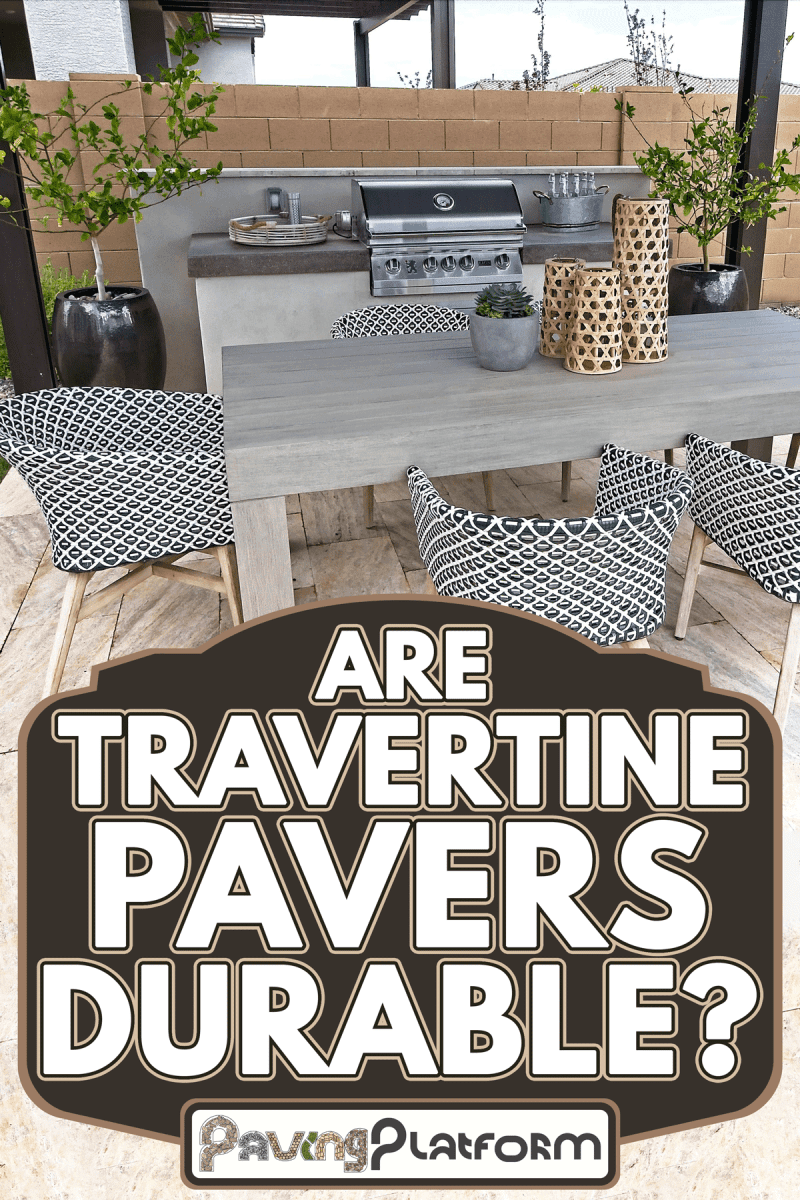
How Long Do Travertine Pavers Last?
Travertine pavers have a lifespan of 100 years or more. Comparatively, travertine pavers could last up to 100 times longer than concrete pavers and up to 25 times longer than precast pavers. In addition, travertine pavers can withstand extreme weather and seasonal changes, so it's a good choice for pavers.
Are Travertine Pavers Porous?
Travertine pavers are permeable. When these pavers become wet, the porous quality of this natural material allows for additional water drainage. So using this is a fantastic option if you live somewhere with a lot of rain.
These pavers are also slip-resistant since water can't puddle due to their porous nature. These pavers also inhibit the growth of molds, grime, and mildew, so it is safe from slipping hazards. This is why travertine is a famous pool deck paving material.
What Does A Travertine Paver Look Like?
Travertine pavers are granite-like or marble-like in appearance. Because of this, using travertine pavers will make your hardscape ooze with richness and elegance.
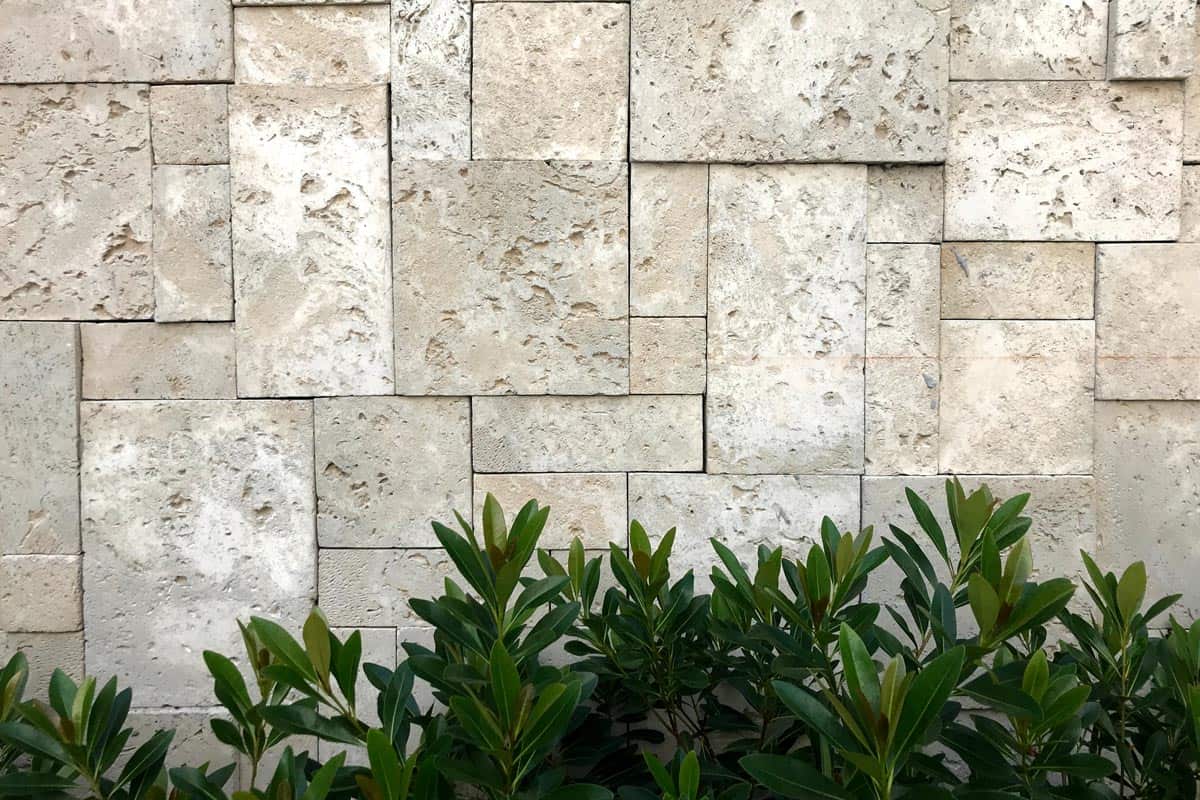
Because of its formation, this stone has natural veins that you won't find in other natural materials. Even if the pavers are cut from the same source, each piece has a different color tone.
Travertine comes in various colors, including white, tan, cream, and red. On the other hand, travertine pavers come in a broader range of colors. Gold, ivory, and walnut are three typical colors that almost any travertine paver supplier will have.
What Are The Disadvantages Of Using Travertine Pavers?
Although having travertine pavers has its benefits, there are still cons to using them compared to other paver types. Here are some drawbacks when you use travertine pavers in your hardscape:
- Heavier and more expensive compared to concrete pavers.
- Prone to stains.
- Installation process can be difficult, especially for DIY projects.
- Travertine pavers are sensitive to some cleaning chemicals.
What Is The Best Travertine Paver Installation Method?
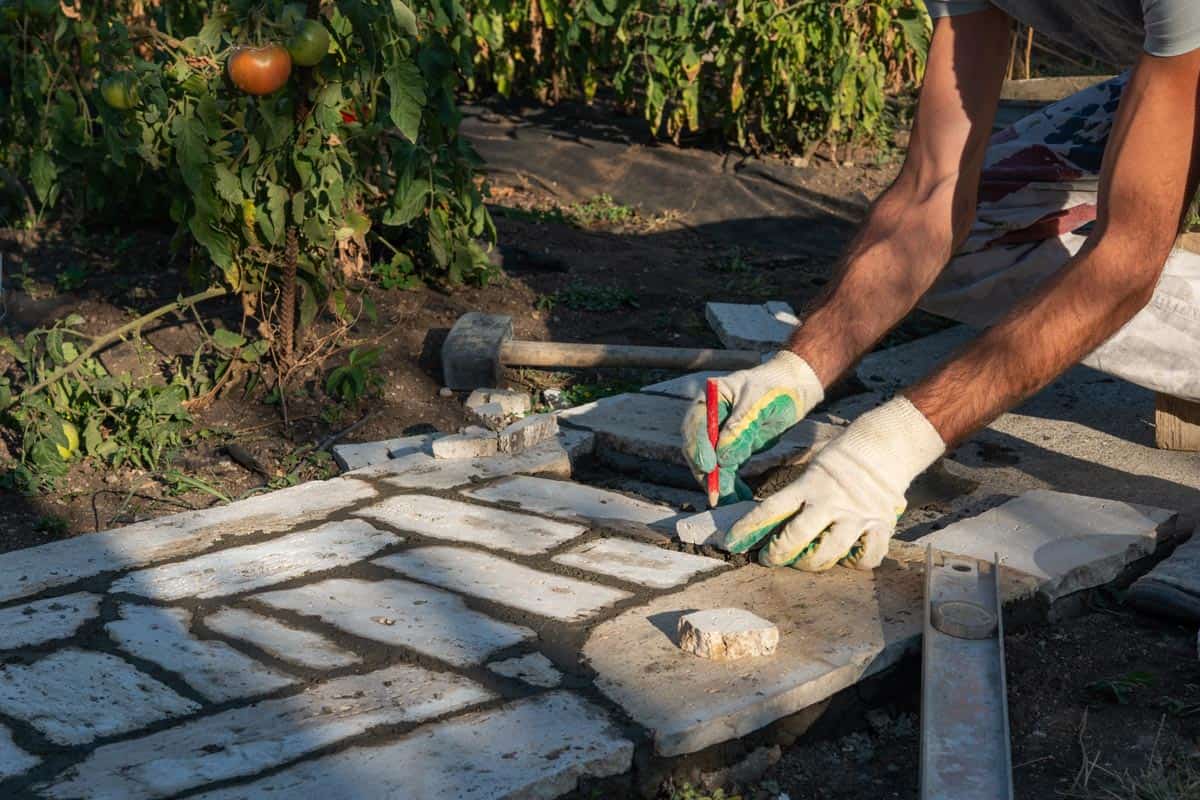
Generally, there are two methods you can use to install travertine pavers. It is by dry-set or mud-set installation. Most professional travertine paver experts recommend using the dry-set method since it is easier to accomplish than the other method.
Now, how do you install pavers using the dry-set method? Here is a simple guide you can follow:
- Clear, prepare, and compact the soil where your pavers will be laid.
- Create paver edging/border to prevent pavers from shifting.
- Add sub-base sand and compact properly.
- Lay your pavers snugly.
- Apply filler sand.
- Seal your pavers. [Optional]
What Filler Sand Type Is Best Used For Travertine Pavers?
Polymeric sand is the best filler sand type to use. It does an excellent job in preventing pavers from shifting, but it also inhibits the growth of weeds in between pavers.
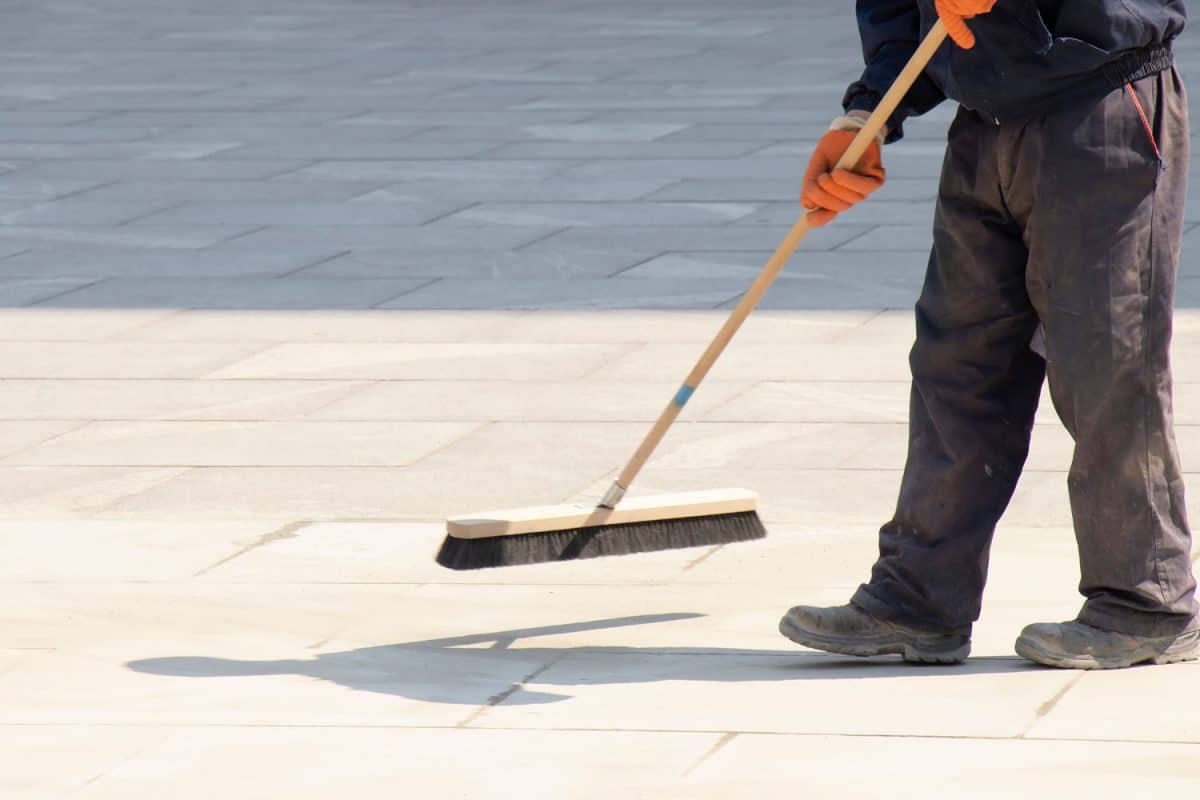
To apply this, sweep sand to fill the cracks and voids between your installed pavers. Then, spray mist to the surface to activate the polymers and solidify the joints. Let the sand set, then repeat the misting process after 20 minutes.
Click here for this polymeric sand on Amazon.
How To Maintain Travertine Pavers?
It is important to maintain your travertine hardscape to ensure its longevity and keep its appearance looking good. Here are some tips to keep your travertine pavers in good condition:
- Take extra care in handling heavy objects when passing through your travertine hardscape.
- Regularly clean your paver surface.
- Avoid using harsh chemicals when cleaning.
- Be careful of accidental spills to avoid staining.
- Seal your pavers to avoid the growth of weeds, molds, and mildew.
- Make sure that your sealer is of high quality.
- Watch out for cracks in between gaps.
- Reapply filler sand when necessary.
Is It Necessary To Seal Travertine Pavers?
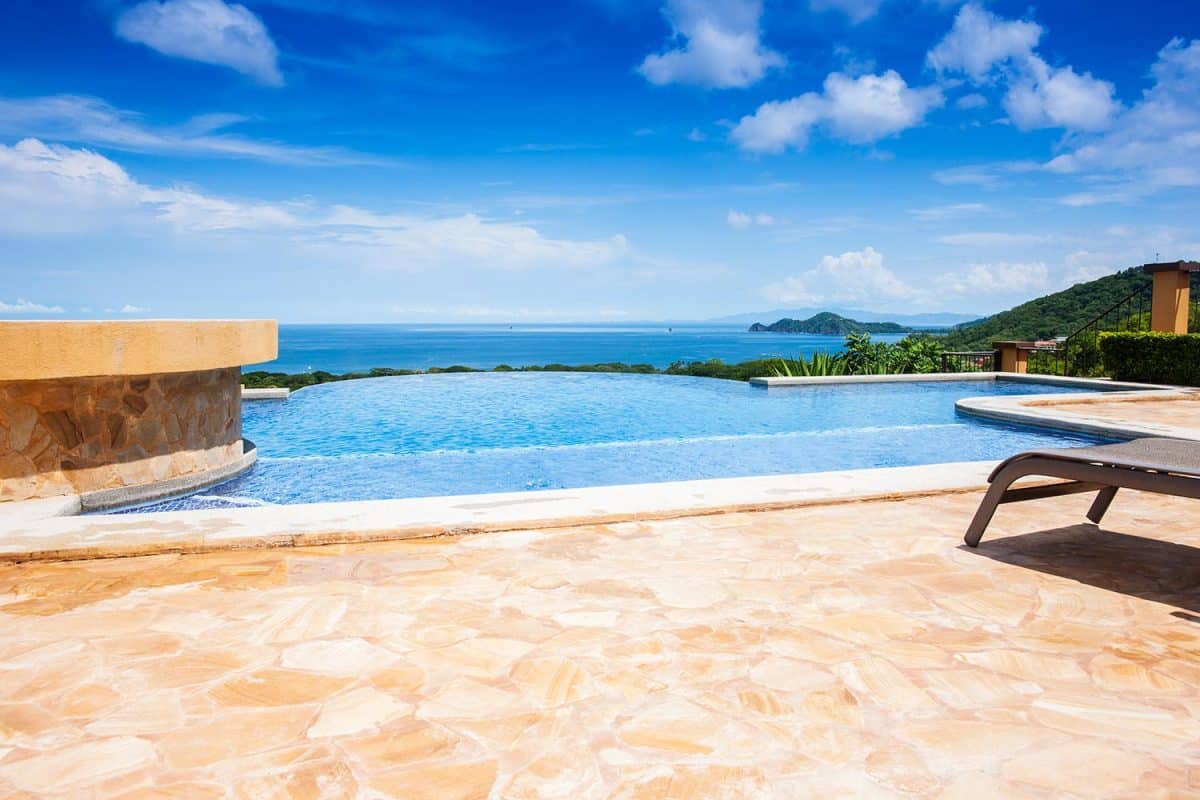
Travertine pavers can be sealed to improve their appearance and lifespan. Sealing these pavers preserve their natural beauty by preventing them from absorbing liquids, such as red wine and becoming permanently damaged. Sealing ensures that you retain the qualities that drew you to the stone in the first place. A sealer acts as a barrier between the stone and any stains that may occur.
You can read an article on this page to learn more about the importance of paver sealing.
But it is also fine if you opt not to seal your travertine pavers. Travertine pavers do not require sealing to function properly. These pavers are already effective and attractive on their own.
Some homeowners don't seal their pavers because it removes some traction from the paver surface. Another thing is some homeowners find it laborious to maintain and reapply sealer to their pavers.
How To Seal Travertine Pavers?
Here are some tips on how to seal your travertine pavers:
- Start by cleaning your paver surface. For newly installed pavers, sweep off excess sand or dirt from the surface. And for existing pavers, make sure that you removed stains that are on the surface of your pavers.
- Next, dry pavers for 24 hours. The drying time depends on the porosity of your pavers. If your paver is highly porous, it may take 72 hours for it to completely dry.
- Then, apply sealer. Begin in one corner of the area to be sealed and work your way around the space in sections, spraying just enough sealer to coat the surface. You can use a roller to spread the sealer after spraying a portion for a more equal application. Continue until all of the travertine pavers have been sealed.
When Should Sealers Be Reapplied?
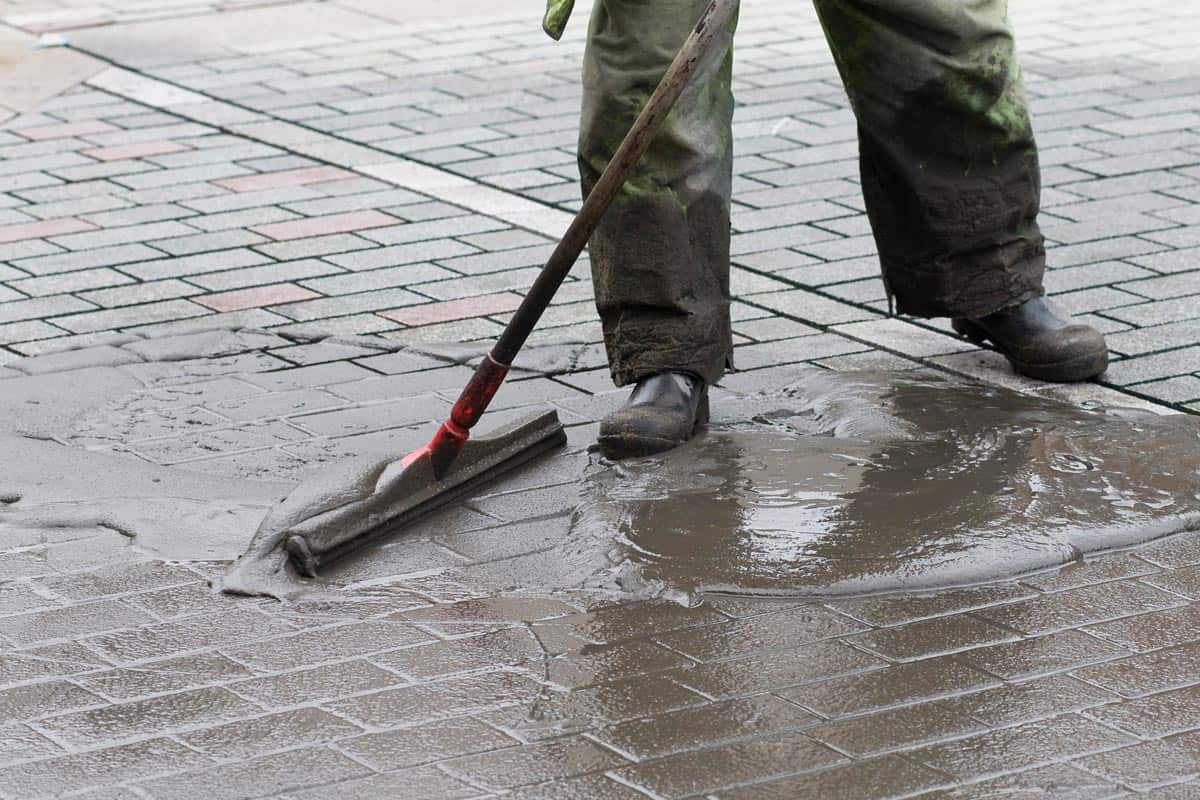
Regardless of the kind of protection given by sealers, it is necessary to reapply the sealer regularly to retain the natural stone's optimal level of protection. The level of activity or foot traffic suffered by the travertine tiles is closely connected to the frequency of reapplying sealer.
Usually, reapplications are done every 1 to 3 years or as needed. Protecting your travertine hardscape investment will ensure that they last for many years of use and continue to add value to your property.
Click here for this product on Amazon.
What Are The Disadvantages Of Sealing Pavers?
While it is true that sealing pavers helps you preserve them, there are still drawbacks to it. Here are some disadvantages of sealing pavers:
- To successfully seal your pavers, you'll need to apply many coats.
- You must take precautionary measures when sealing your pavers.
- Weather conditions can affect the success of your sealing.
- The procedure of sealing your pavers takes time.
- Sealers can harm the surrounding environment.
- Some sealer products have low quality.
- Sealing pavers require maintenance.
- Expensive.
Where Are Travertine Pavers Commonly Used?
These pavers are commonly used in floors, walls, kitchen countertops, backsplashes, fireplaces, pool decks, driveways, patios, walkways, and stairs.
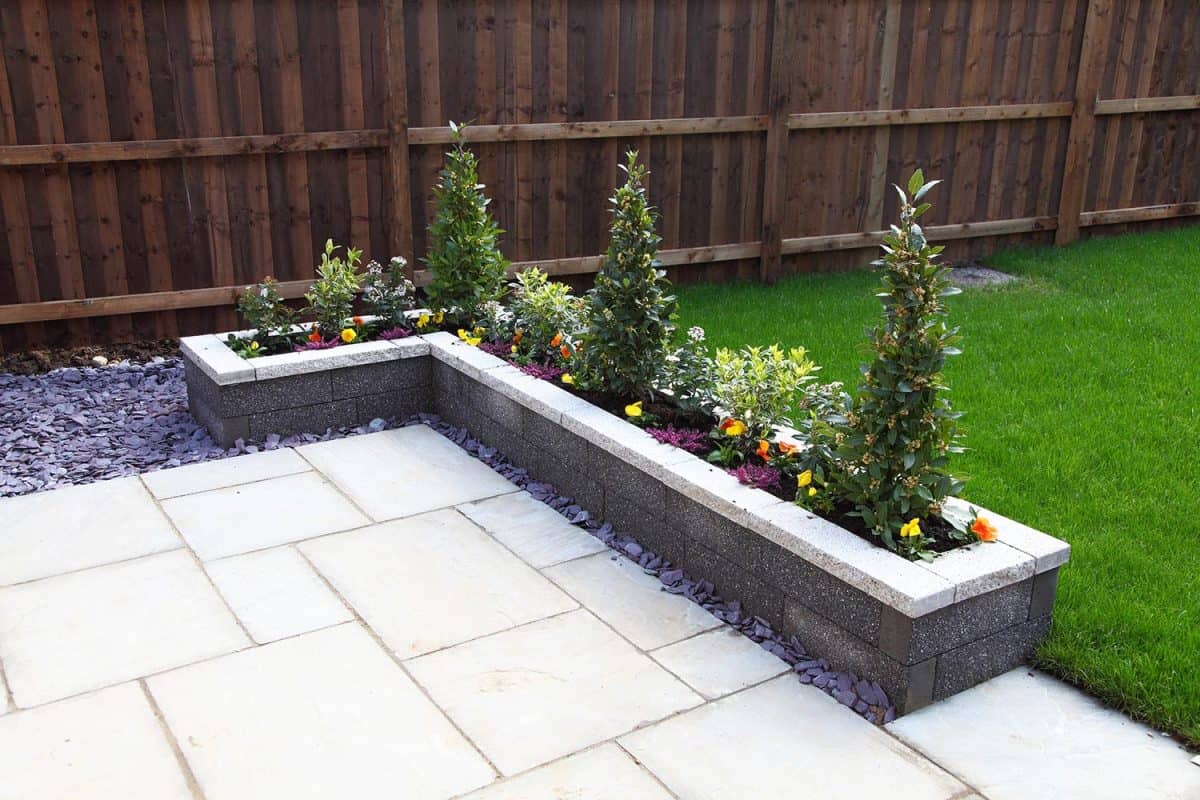
Travertine paver's ability to fit any hardscape idea only proves its versatility as a paving material.
Final Words
Travertine has been utilized for millennia to create stunning architectural marvels that remain today. Its proven durability and long-lasting beauty have prompted builders and homeowners to use travertine pavers in modern construction projects. Because this natural stone is so adaptable, it may be used both inside and outside.
Whether or not you are considering travertine pavers as your paver option, they are undeniably long-lasting and attractive.
You can check these articles to learn more about travertine applications in modern hardscape projects:



![Vibrant Red Paver Stone Path, Can You Spray Paver Sealer? [How To Apply It]](https://pavingplatform.com/wp-content/uploads/2022/04/Vibrant-Red-Paver-Stone-Path-600x400.jpg)
![Properly laid out red pavers for a garden, Can You Tint Paver Sealer? [And How To]](https://pavingplatform.com/wp-content/uploads/2022/04/Properly-laid-out-red-pavers-for-a-garden-600x400.jpg)
